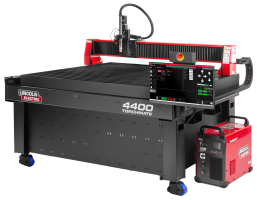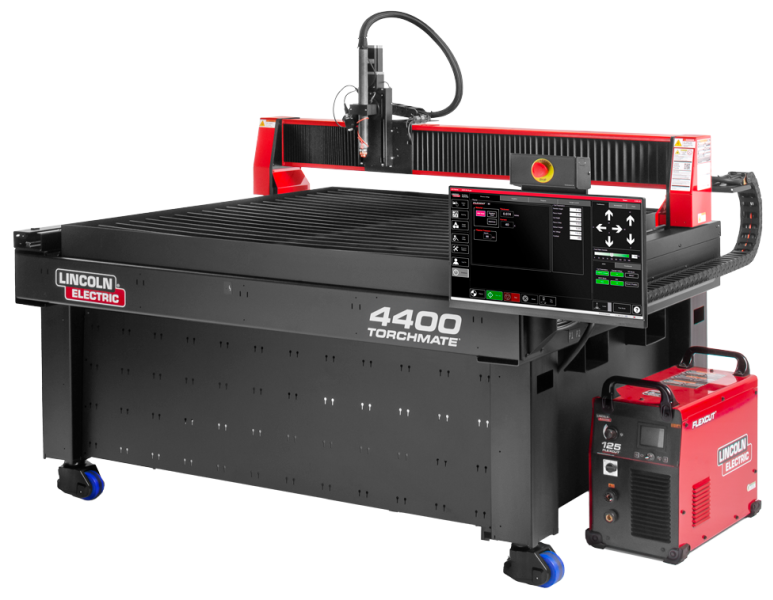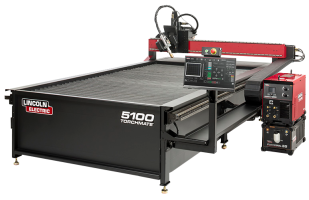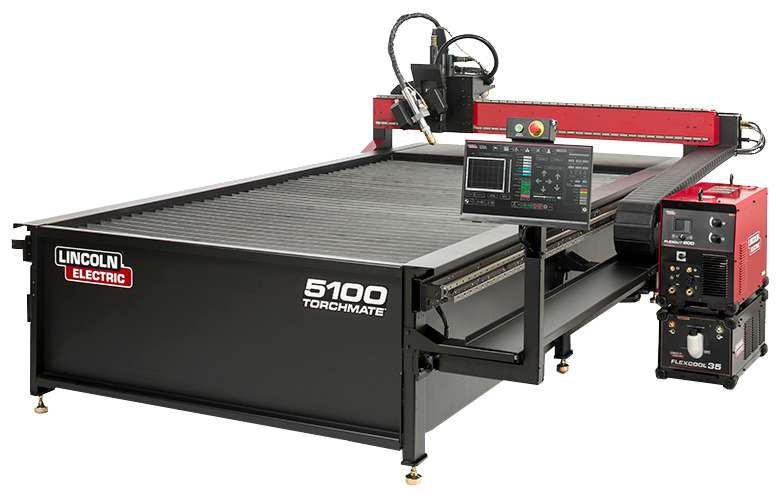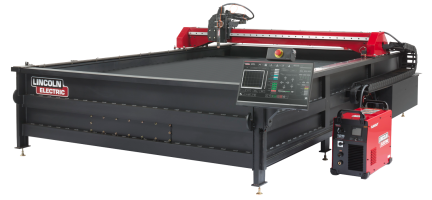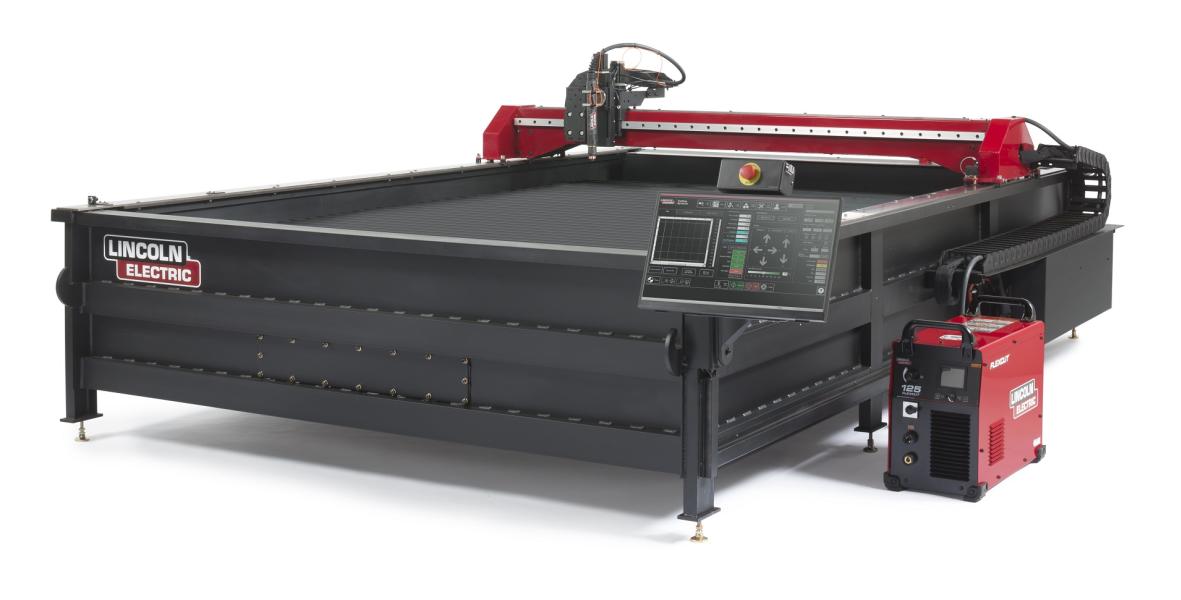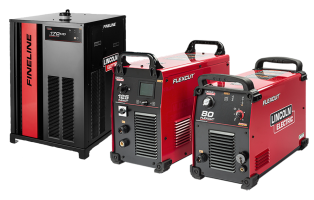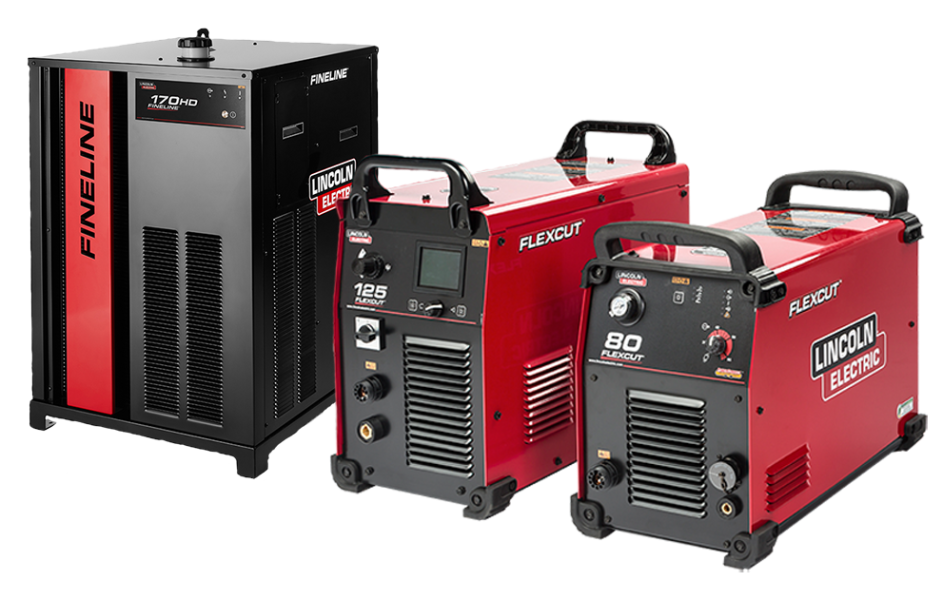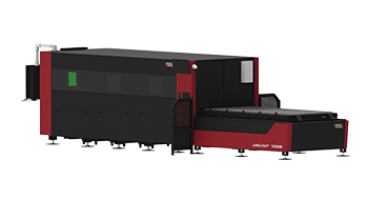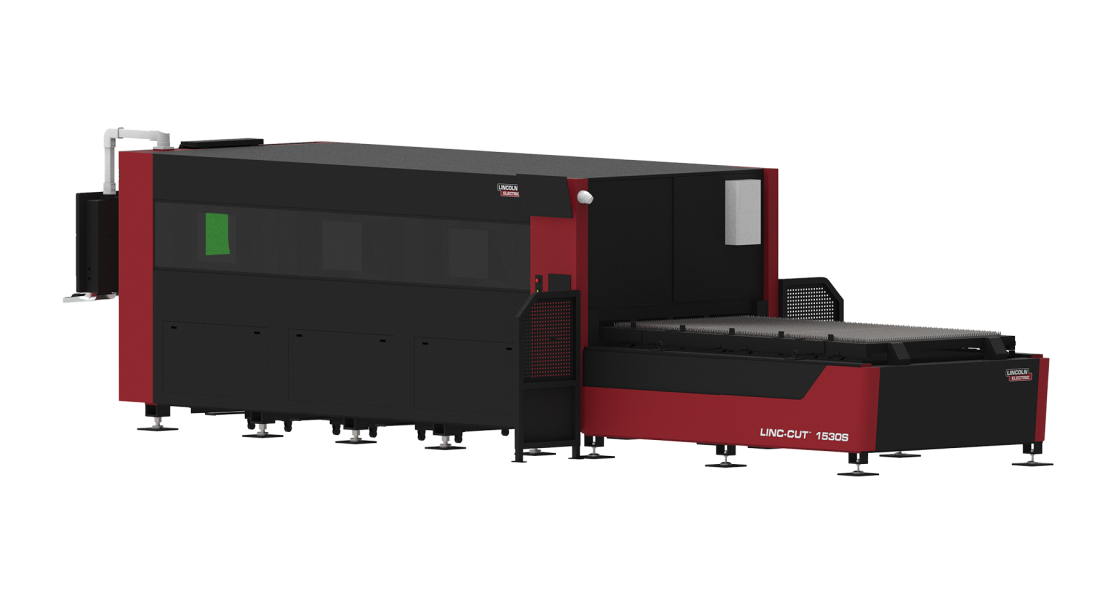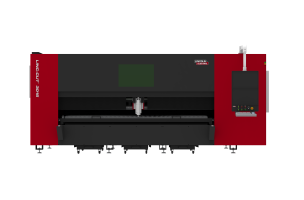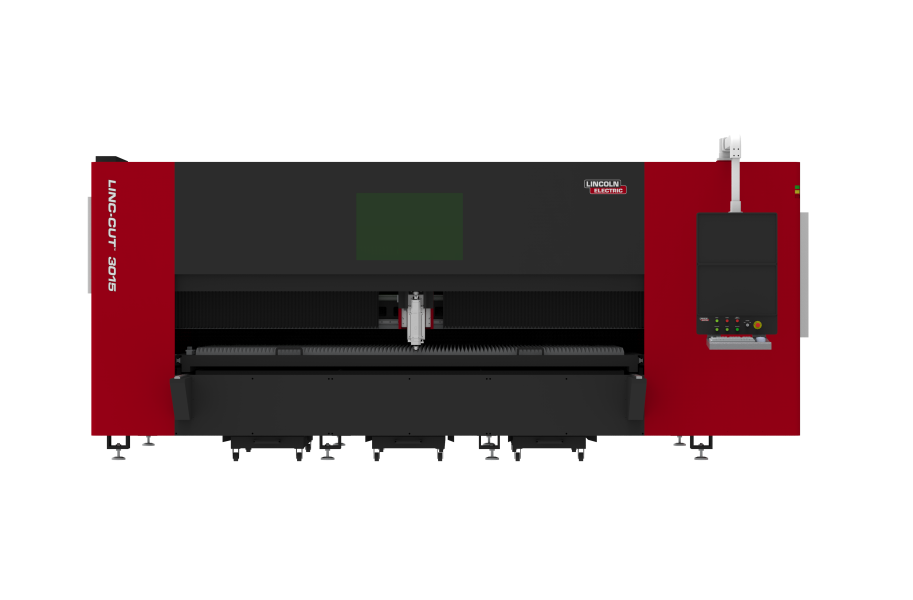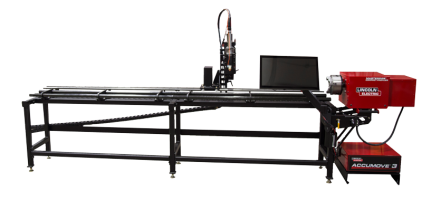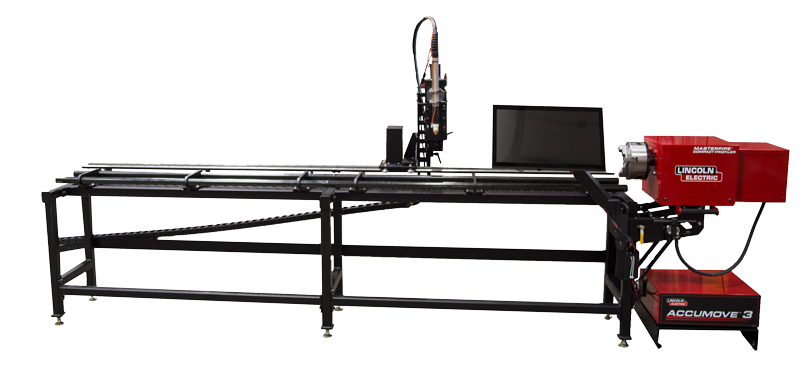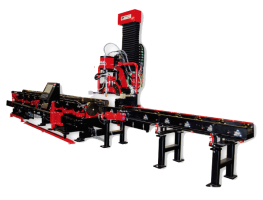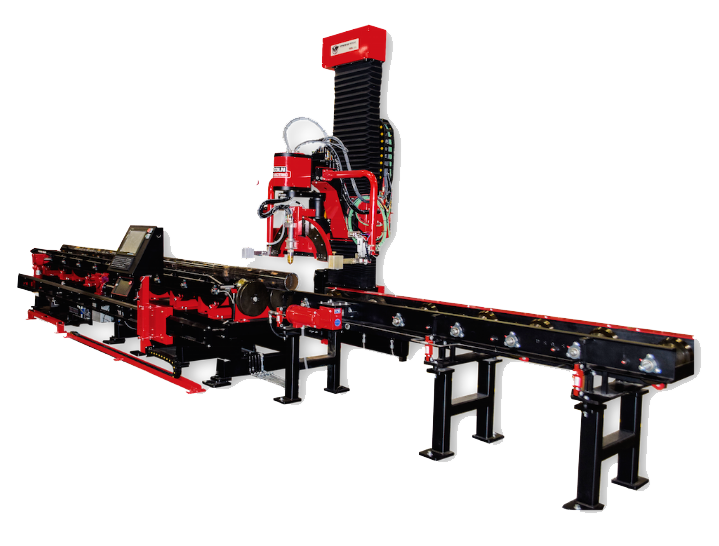Blue Display AVHC Setup Guide
Automatic Voltage Height Control Setup
Using an Automatic Voltage Height Control (AVHC) allows the torch to compensate for warping or irregularities in metal sheets to ensure consistent cut quality. The AVHC should be installed and wired as indicated in the table assembly instructions. There are additional configuration changes that need to be made to utilize all of the AVHC’s features.
The first step is to configure the input lines to use the Pierce and Fault signals from the AVHC. Go to Configuration > I/O > Input Lines.

The input cable provided with the AVHC has five pairs of wires attached to it. From the assembly instructions the pair labeled one should be attached to the point labeled Pierce and the pair labeled two should be in Fault. For an AVHC make the following input line changes.
|
Line # |
Function |
Location |
Description |
Wiring |
Sensing Debounce |
|
1 |
Control |
N/A |
Pierce |
N.O. |
0.0183 |
|
2 |
Feed Hold |
N/A |
Feed Hold |
N.O. |
0.0183 |
The last change in the software in order to use an AVHC is in the M-code execution and definitions, if a plasma cutter is the only tool being used on the CNC table then the following configuration changes will need to be made. If multiple tools are being used see the section entitled Multi Tool Setup for changes.
Begin by going to Configuration > Programming > M-code Definitions. The M-code Definitions menu allows the creation of macros that enable multiple function M-codes. The Torchmate AVHC sends a signal to the software when the torch has established its cutting arc; this is send through input line 1. Using the AVHC requires a macro be made to interpret the input line.
To create the macro begin in the M-Codes to Execute Macros tab, type in 20 for the M Code with the Description as Pierce Complete. Select the Marco tab and click on the ▼ to access the editor. The macro written is two lines the first line is M50 the second line is M101 I1.

The macro is now made but will not be run until the M-code Execution is also changed. Go to Configuration > Programming > M-code Execution. Where Feedrate Move is listed under Full execution change the value to the macro number which is 20 the macro will now be executed.
The AVHC electronics assembly also has a menu that needs to be configured as well. Turn on the AVHC, to navigate the menus press the up and down arrows, when the desired menu is reached it can be accessed by pressing OK. Navigate to the Set Pierce Height.

For gauge metal up through about 3/8” thick use a pierce height of 0.18 as the material gets thicker the number should be increased with thicker materials using 0.20 or even 0.22. The higher pierce height allows the increased splash back from piercing thicker materials to be avoided. To change the number press OK then use the up and down arrows to change the value then press OK again once the value is set.
Scroll down to the next menu Set Initial Cut Height; this is the height that the torch transitions to after a pierce is complete. Generally this number will be slightly lower than the pierce height, about 1/8” from the material. When running in Manual mode the Cut Height will be the height the AVHC rides at while cutting.

The next option on the AVHC is the Jog Slide screen. Pressing OK at this prompt will enable the torch to be manual toggled up and down the full range of travel. This is useful for positioning the torch but is not to be used when actually cutting. Once finished press OK again to exit the menu, be sure to not be in this menu while cutting as the torch will not fire when Jog Slide is enabled.

The Select Auto/Manual screen is used to toggle the height control between its two modes of operation.

In the Setup Menu there are additional settings and options, these options will be enabled or disabled based on the type of plasma cutter used.

The first option is Use OK to Move this will only be enabled if the plasma cutter connected has an OK to move signal.

The next option is Pierce Complete this option enables the signal that is sent from the AVHC to the signal generator. This option should be enabled if there is a cable running from the AVHC to the signal generator’s Input port.

The Pierce Delay is used for timing the transitions between various modes, refer the following table to determine what setting to use.

|
OK to Move |
Pierce Complete |
Pierce Delay |
|
Disabled |
Disabled |
2.5 + sec. |
|
Disabled |
Enabled |
0.8-1.5 sec. |
|
Enabled |
Enabled |
0.1-0.3 sec. |
The Sensing Delay is the time after the pierce delay is expired before the AVHC begins to adjust for voltage. This setting only affects operation in Automatic mode, and is generally left at 0.5 seconds. This setting allows for the torch to travel away from the pierce area to get a cleaner sample of cutting arc voltage before adjustments are made.

The last setting in the Setup Menu is the Touch Torque this setting determines how much resistance the motor will look for before determining that it has contacted the material. In normal operation the AVHC will lower the torch to sense where the material is, the AVHC will then retract back up to the Pierce Height. The Touch Torque is how much power the motor puts out when seeking the material.

The Touch Torque is an amperage setting; this number should be set from 15-18. Under no circumstances should the Touch Torque be set higher than 35, any setting higher over a long period of time will damage the AVHC’s motor. If the Touch Torque is set too low the AVHC will sense resistance before reaching the material and will attempt to fire the torch in the air.
The AVHC is now set to an initial state, some adjustments may be necessary to optimize cut quality.



